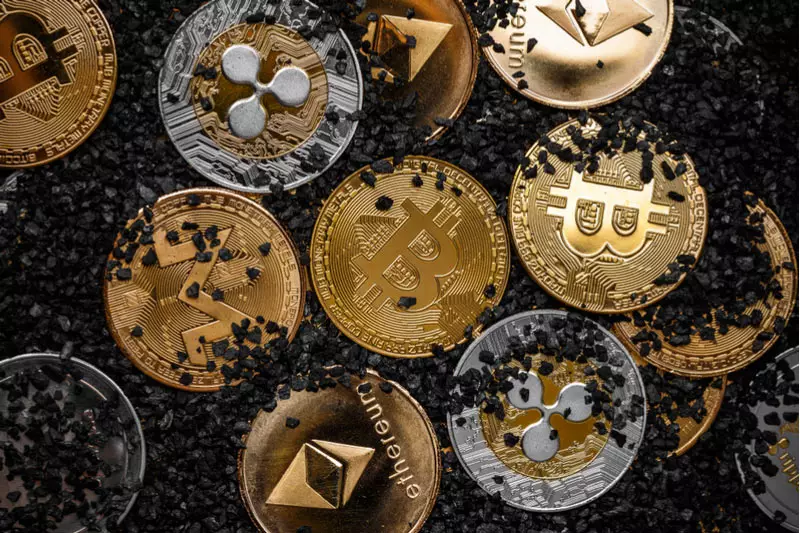The cryptocurrency market is a dynamic and often contentious arena, as highlighted by David Einhorn of Greenlight Capital. His assessment of the current phase of digital currencies, referring to it as the “Fartcoin” stage, invites scrutiny. Analyzing this phase involves more than just understanding the market’s superficial trends; it calls into question the fundamental principles of value, utility, and speculation that govern the world of cryptocurrencies.
By exemplifying Fartcoin—a digital currency that emerged in late 2021 and has rapidly ascended to an unreal market value of over a billion dollars—Einhorn underscores the absurdity of certain cryptocurrencies, which often lack practical utility. Similar to Dogecoin, which was initially intended as a parody of the cryptocurrency craze, Fartcoin has rapidly become a meme-driven asset. The loyalty towards such digital currencies stems from community-driven speculative interest rather than any inherent value. This reflects a larger trend where memes dictate market sentiment, blurring the line between investment and entertainment.
Einhorn’s observation that cryptocurrencies like Fartcoin derive value not from tangible assets but from public perception signals a shift in the investment paradigm. Dogecoin, branded with its Shiba Inu mascot, boasts a staggering market valuation of $55 billion—outpacing numerous established corporations. Such valuations beg the question of sustainability. When market value hinges solely on speculative interest, the potential for volatility becomes acute, posing risks to investors who may not fully comprehend the underlying mechanics of these assets.
The landscape has only grown more peculiar with the introduction of politically-themed memecoins, such as those associated with Trump and Melania. With the Trump memecoin valued at an astonishing $40 billion and even peaking at $75 billion, the financial landscape takes on a different character—one intertwined with celebrity and politics rather than traditional economic principles. The fact that President Trump and his supporters could potentially control a staggering amount of this coin raises ethical and economic considerations about the manipulation of currency value through branding and media presence.
While Einhorn expresses a willingness to allow individual investors the freedom to explore unconventional investments, his personal inclination leans distinctly towards more established forms of art, like a Jackson Pollock painting, rather than the speculative nature of Fartcoin. This preference highlights a crucial distinction in investment philosophy: appreciating intrinsic versus perceived value. The ever-fluctuating nature of the cryptocurrency market—currently swaying between the frivolity of Fartcoin and the politically motivated memecoins—casts doubt on the longevity of such investments.
The cryptocurrency universe, especially within the realm of meme coins, serves as both an intriguing spectacle and a cautionary tale for investors. As the market continues to oscillate between phases defined by speculation and cultural phenomena, one must tread carefully. A balanced view that distinguishes between genuine investment value and mere conjecture is essential to navigate this volatile landscape. Ultimately, as the future remains uncertain, investors should remain vigilant and informed, scrutinizing the motives behind the values they encounter.

